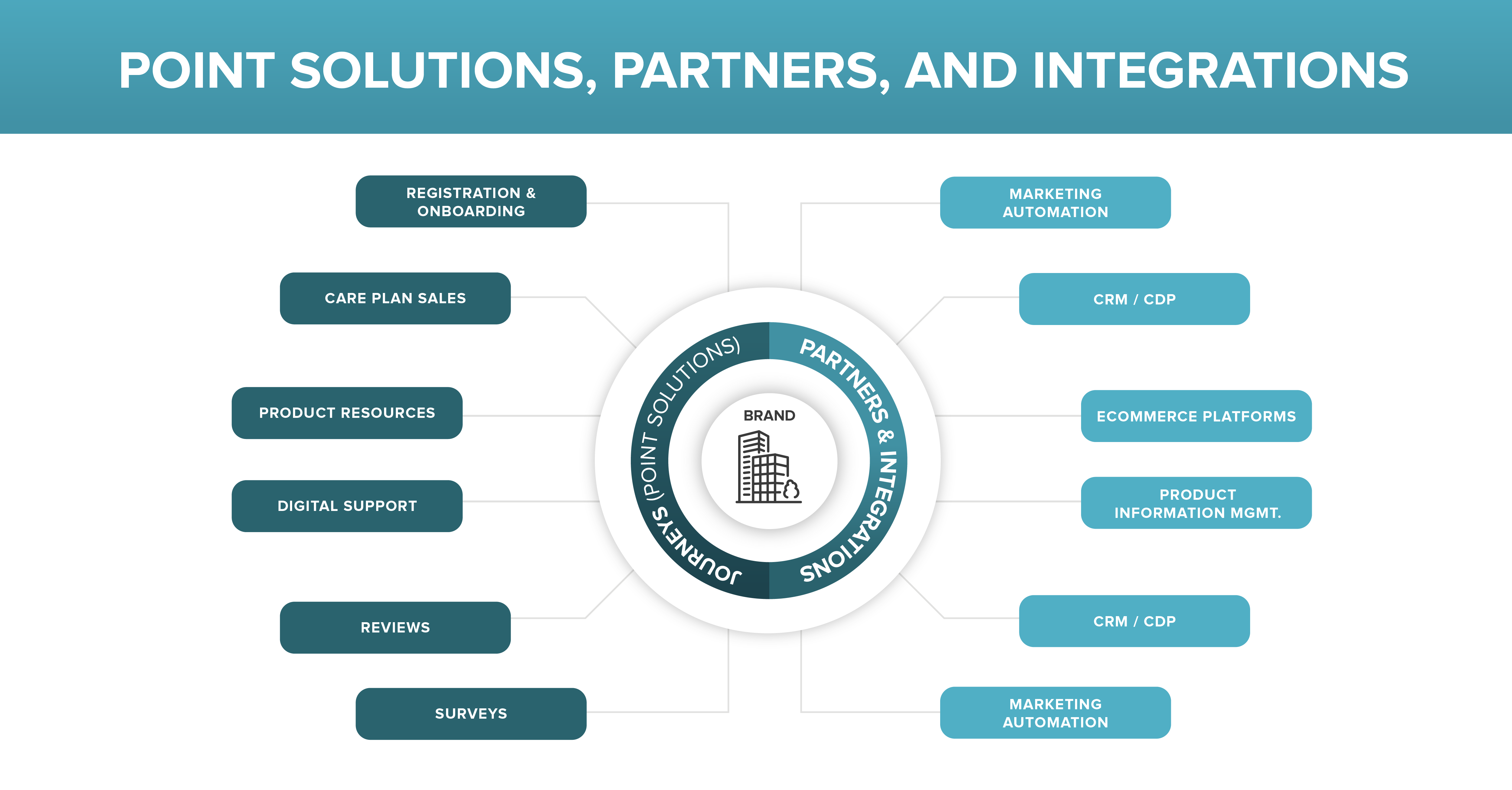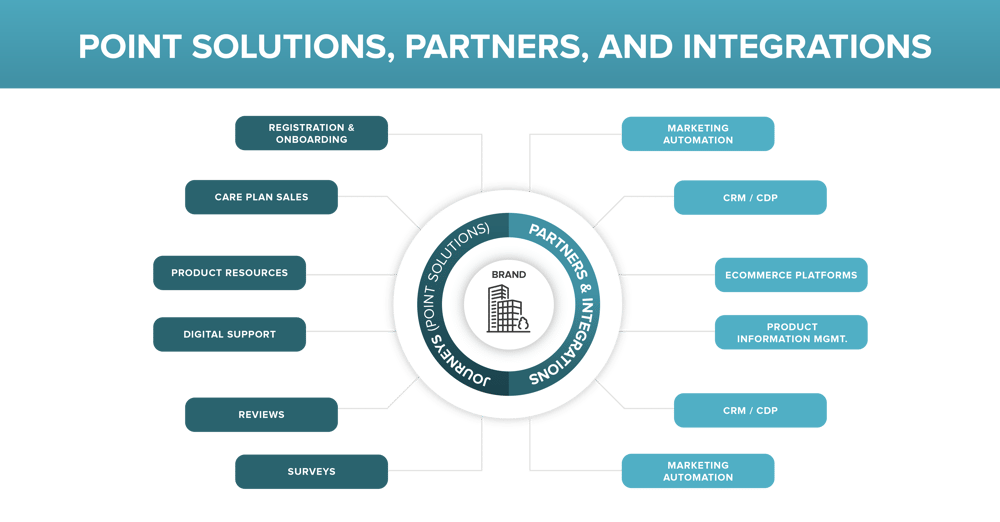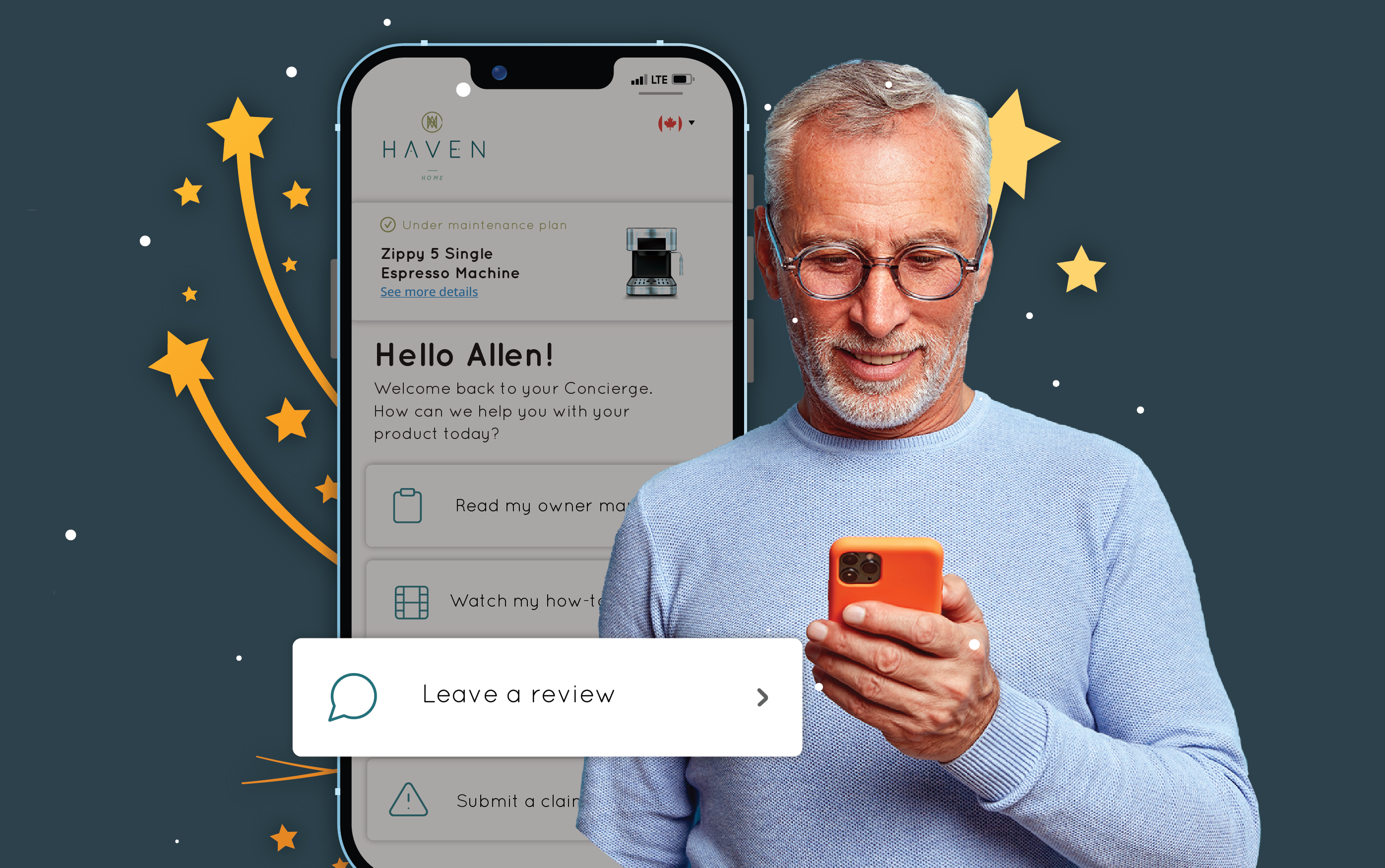Building a CX Tech Stack for Durable Goods Brands
What should you include in a CX Tech Stack? In today's competitive landscape, brands are bombarded with a vast array of technology solutions that...
OUR SOLUTIONS
OUR TECHNOLOGY
5 min read
Vipin Hegde : Jan 23, 2024 4:13:02 PM

When it comes to delivering an exceptional customer experience (CX), the role of technology continues to grow exponentially. With literally hundreds of vendors focused on CX technology across the customer journey, determining the best way to upgrade and optimize your organization’s CX tech stack can be complicated.
Along with the ever-changing tech solutions landscape, customers are changing, too. An Accenture survey revealed that 95% of C-level executives believe customers are changing faster than their businesses can keep up with. They think their digital transformation efforts are just keeping them afloat rather than driving their growth.
Today’s consumers expect every customer experience interaction to be personalized, relevant, convenient and expedient. Meeting these expectations requires a customer-centric tech stack that provides a consistent omnichannel experience across many touchpoints and supports both customer acquisition and retention.
80% of customers surveyed would likely recommend a brand or product
if it provides a convenient customer experience. (Source: Hyken ACA)
In this post, we’ll focus on how durable goods brands can create a CX tech stack that best supports the post-purchase customer experience, or Ownership Experience. We’ll share our tips and insights on how the right technology integration can enable a seamless, personalized Ownership Experience fueled by customer data that is shared across the enterprise to enhance the customer experience at many levels.

When it comes to providing the best possible customer experience, technology should be viewed as an enabler, not a goal in and of itself. It may be tempting to add the latest and greatest technology, but if a specific solution doesn’t support your CX goals, you’re simply adding technology for its own sake. For example, consider the present demands to add Artificial Intelligence (AI) technology to both customer-facing and internal systems. AI is a powerful tool, but without a thoughtful integration of AI technology, it can introduce more problems than it solves.
When considering a CX tech stack, brands need to ensure they have a thorough understanding of their customer experience goals and for our purposes here, a clear understanding of their Ownership Experience objectives. From a high level, the goal of every Ownership Experience is to collect and leverage meaningful customer data to improve overall customer experience, enhance brand loyalty and increase the likelihood of buying again.
To support this goal, the tech stack needs to have key functionalities including:
A tech stack that is designed with the Ownership Experience in mind can help brands meet customer expectations relative to seamless, personalized and easily accessible interactions. For example, when a customer requests product support, the support team should have the necessary data to recognize the customer, the product owned and other key information. This data should be accessible across various support channels including phone, email, SMS or chat.
86% of B2B and 72% of B2C consumers expect companies
to know their information during an interaction (Source: Gartner)
Another use case would be the ability to serve a personalized web-based experience to each customer based on the customer's data. Based on the customer’s query, a set of journeys tailored to the customer could seamlessly direct them to the most appropriate channel or resource to provide the information or resolution needed.
A seamless and integrated tech stack enables faster, more efficient and more customer-pleasing service than the siloed systems that are commonplace in many tech stacks.
When analyzing your existing technology infrastructure, a few key questions can highlight opportunities for improvement and help you identify what point solutions or platforms need to be updated to create a better Ownership Experience.

It’s worth taking the time to delve into these key areas to understand the strengths and weaknesses of your current tech stack from a customer-centric perspective. This will also help you identify how well your current solutions serve the organization regarding integration, ease of use, scalability and return on investment.

When it comes to assessing the ROI of your CX tech stack and measuring the impact on the customer experience, there are several Key Performance Indicators brands may consider including:
It’s important to remember that good or bad experiences directly influence actual customer behavior – not just customer feedback from NPS scores or CSAT. Thus, KPIs that measure consumer behavior such as repeat purchases in a given period (i.e., 12 months after first purchase), CLTV and share of wallet should be tracked and attributed to channels whenever possible.
If you have confidence in your data, agreed-upon or shared metrics should play a role in optimization. A use case would be data collected from registration may perform better in email than data collected from a sweepstakes, therefore, placing more importance on means to collect more registration data for better-performing email campaigns that may lead to better eCommerce sales. Brands can attribute the highest-performing data back to the data source to determine the ROI.
Also, the infusion of AI into the tech stack can provide a wealth of AI-driven analytics that can be used to optimize the customer experience, as well as using AI to optimize tech stack performance.

In a recent study Forrester called out the importance of alignment across the organization in conjunction with technology to best serve customers. According to the report, companies with high levels of alignment across their customer-facing functions reported 2.4 times higher revenue growth and twice the profitability growth of those with no alignment.
Constructing a modern CX tech stack that delivers a seamless, personalized and optimized customer experience is a worthy endeavor for consumer durable product brands. While factors such as price, reliability, functionality and reputation are still important to consumers, the customer experience continues to impact long-term customer loyalty and CLTV. As such, it’s important to view your tech stack through an Ownership Experience lens, update and align solutions to better serve customers and your organization and continuously improve through testing and innovation.
Registria helps consumer durable brands optimize and align their CX tech stack. Learn more about our smart Ownership Experience solutions.

What should you include in a CX Tech Stack? In today's competitive landscape, brands are bombarded with a vast array of technology solutions that...

As we step into the new year, now is the perfect time for brands to evaluate how well they’re meeting customer expectations. For durable goods...

Why Reviews are the Unsung Hero of Consumer Durable Sales Customer reviews and ratings play a pivotal role in the success of any product or service,...